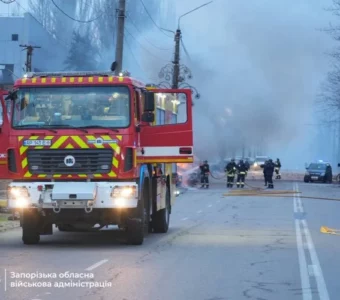Everyone should know it: what to put in an emergency suitcase and where to hide
A real bomb shelter differs from an ordinary basement by a thick, reliable ceiling, a ventilation system, and two or more exits to the surface. As it turned out, there are very few of them in Kyiv. We explain how to look for them in the capital and other cities and what to do in case of danger.

What is the problem?
With the onset of December, news about the concentration of Russian troops on the border with Ukraine, the growing likelihood of an attack by Russia, and plans for a full-scale war has been increasing. Over the past week, only the laziest Ukrainian media outlets haven't published news from the German newspaper Bild with maps of Russia's plans to attack. And although these data raise many doubts and critical questions, discussions about where to hide in the event of an enemy attack are unfolding. We also decided to find out to what extent Ukraine and Kyiv, in particular, have managed to preserve bomb shelters, their condition, and all the leftovers from the Cold War.
What is the solution?
Bomb shelters won't be enough for everyone. But you need to know where the nearest one is and who'll open it
In the case of bombing, you need to hide in a bomb shelter, but other infrastructure facilities, such as underpasses, can also serve as a bomb shelter. Safety rules also indicate that you can hide from the bombing in any ditch, trench, pit, or in a wide gutter under the road, but don't climb too deep, a maximum of 3-4 meters. However, such facilities aren't designed for long-term stay; they don't provide complete security and don't protect against nuclear or biological threats.
This publication is available in Ukrainian and Russian. The English translation hasn’t been produced yet. Support us to make the translation faster - follow the link for instructions





















































